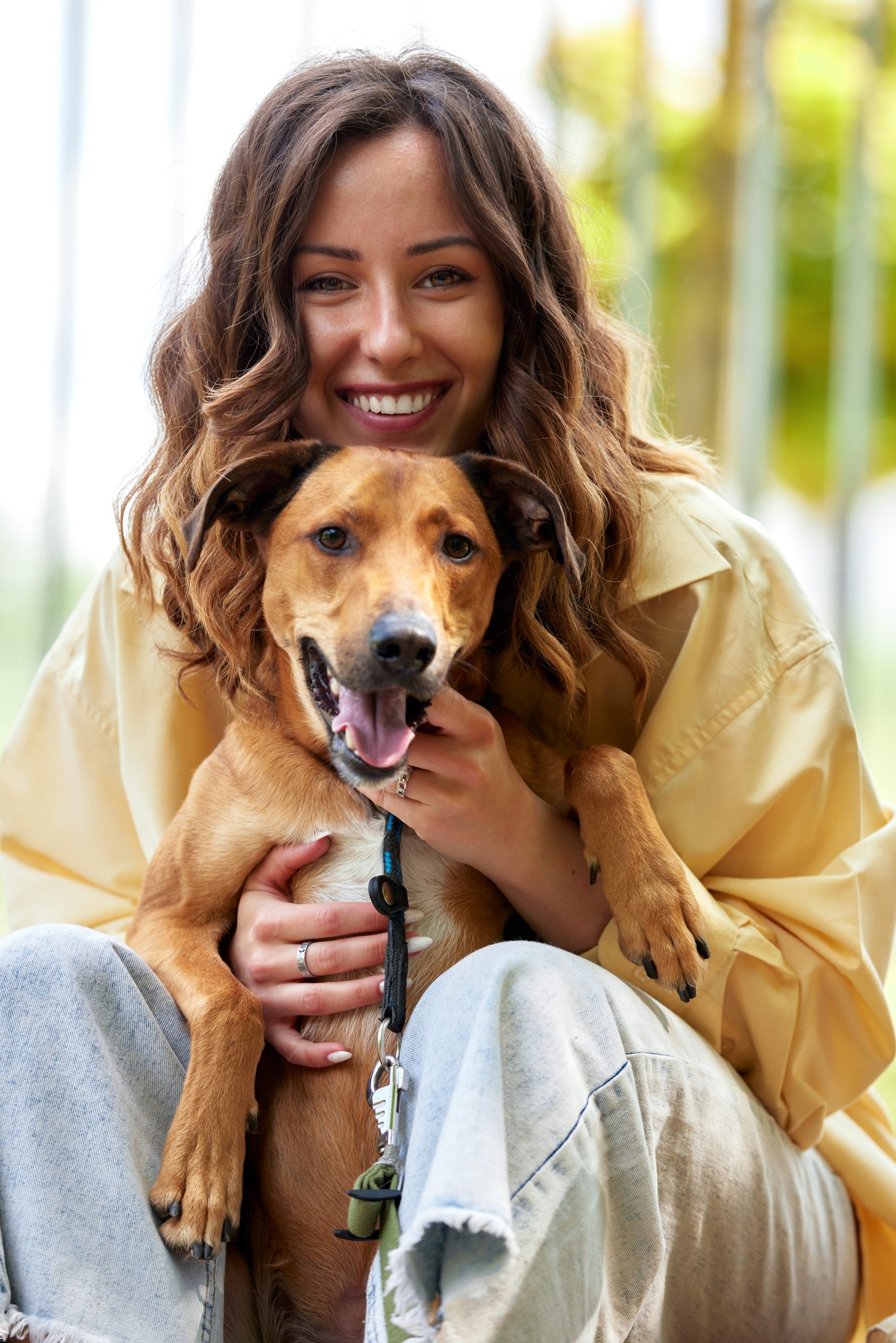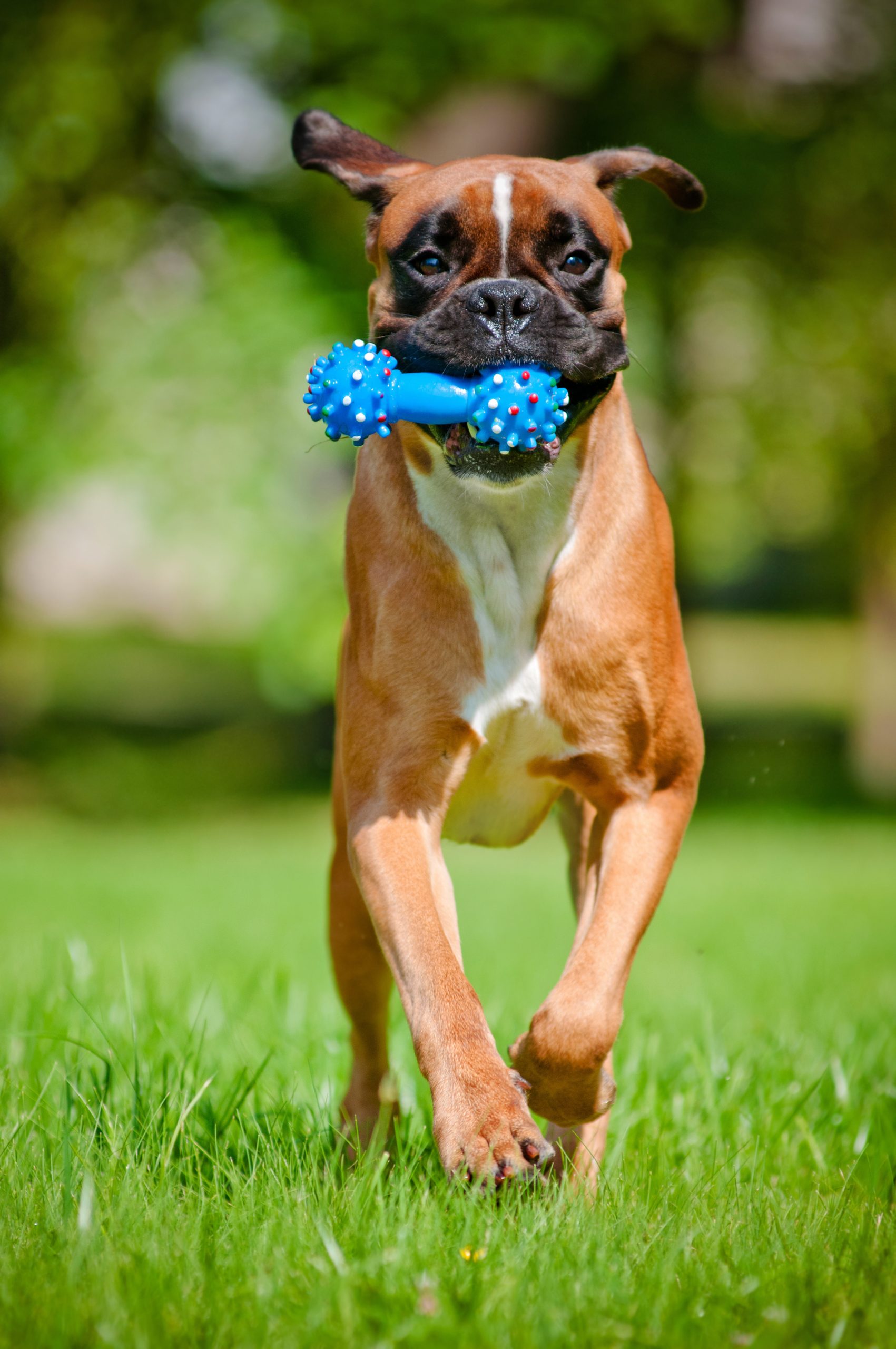
DESEXING
Desexing is the term used to describe surgery that removes the reproductive organs from an animal. In the case of the male it involves removing the testicles (castration) and in the female it involves removing the ovaries and both horns of the uterus (spay).
We normally talk about “desexing” dogs and cats. Most responsible owners do get their animal desexed at a young age before the animal starts to breed. Most cases the operation is done around the 6 month old mark before the animal enters into the phase called puberty.
On the day of the surgery it is important that you do not feed the animal – we normally recommend giving the animal a meal the night before but then removing all food after 8.00pm. The animal can have water until the time it comes for the surgery.
Once the veterinarian has examined the animal for any problems that may affect the surgery or the recovery after the surgery you will be asked to sign a consent form. The attending nurse (who will be the nurse assisting the vet during the whole procedure) will discuss with you any queries that you may have and she will explain the consent form to you before you are asked to sign the form.
The animal will now be taken to the pre anaesthetic area where the animal is housed in its own room and is allowed to “settle in”. This area is temperature and humidity controlled as well as being quiet and away from any stressful areas of the building.
The operation starts with an anaesthetic that is given by placing a small mask over the mouth and nose of the animal and allowing the animal to breath in the anaesthetic gas. The animal quietly falls asleep within a minute and then a tube is place down the windpipe of the animal and the anaesthetic is delivered via this pipe directly into the lungs of the animal. All carbon dioxide and gaseous waste products are removed by this method and are delivered to the outside of the hospital via a “scavenger tube”.
The skin around the operating site is then shaved and cleaned. The final preparation involves scrubbing the area with special surgical disinfectant and then sprayed with alcohol to assist drying of the area.
The surgeon will then “scrub up” which involves washing and scrubbing the hands and forearms with special surgical disinfectant. This procedure can take up to 5 minutes. In the mean time the sterilized instruments and drapes are placed on the instrument tray by the attending nurse. The surgeon will then put on a full operating gown, operating gloves and mask and open up the instruments and drapes.
Once all the drapes are in place the surgeon will make an incision using a new scapel blade and the surgery begins. Most desexing surgeries can take from 10 minutes to 45 minutes depending on the size o fthe animal and what desexing operation is done.
The underlying tissues such as muscle are sutured using a product called catgut which will dissolve in time. The skin will be sutured using a nylon based material that does not dissolve and will need to be removed in 10 days.
All animals are given a pain killing injection and an antibiotic injection before they are removed from the surgical area.
The animal is then removed from the anaesthetic machine and taken to the recovery area where it is monitored by the attending nurse until it is fully awake. At this stage the attending nurse will contact the owner and inform them that the animal has recovered from the surgery and she will make a time for the owner come back and take the dog home.
The animal is then placed in the discharge area and is allowed to rest until the owner comes to collect it.
At all times the animal is monitored by the kennel nurse to make sure that the animal is comfortable and the recovery is pain and stress free.

Frequently Asked Questions
What age should I get my dog or cat desexed?
We recommend that 6 months of age is the ideal time to desex your dog or cat
If I want to breed from my dog or cat, do you recommend desexing once the breeding is finished?
Female animals often develop a life threatening infection of the uterus and ovarian cancers are always a threat.
If I desex my male dog, will it change its personality?
We recommend all male dogs should be desexed unless the owner wants to use the dog as a breeder. BUT we still recommend the dog is castrated once the breeding phase of its life is over
Should I let my bitch have a litter before desexing?
Also the owner has to consider what they are going to do with the puppies, can the owner afford a caesarian if there are complications with the birthing, has the owner the time to orphan rear if the bitch refuses to feed the puppies etc.
We do NOT recommend a bitch has a litter of puppies before desexing.
Will desexing my dog calm him down?
Most of the time the activity of the animal is associated with age – the younger the animal the more active it is.
If you want to have a calm dog – wait and eventually time will cure all.


How do I know if my dog or cat is on heat?
Cats are different – they do not show any sign of blood or vulva swelling. With cats it usually is a personality change – they start acting more “silly”, climbing the curtains, more activity, want you to rub them around the tail area, when you touch them on the rump they will lift their tail.
What age does a dog or cat “come into heat”?
How often does my dog have a heat period?
How long does a “heat period” go for in my dog?
How often does my cat cycle?
The two periods usually go on for 3 months unless the cat becomes pregnant.
Is there a contraceptive for dogs and cats?
After using the contraceptive the dog will normally cycle again 5 months later (not the 6 months that normally happen).
There are no contraceptives for cats.
If I want to mate a male dog with my female dog – when is the best time?
The sperm will last up to 5 days inside the uterus so there is no need to panic. By allowing the male dog to mate only once a day then you are allowing the sperm concentration to increase inside his testicles. By the 3rd day the testicles are at their maximum production and then we mate every 2nd day to allow the highly concentrated sperm to enter the uterus to maximise the chance of pregnancy.
How long is my dog or cat pregnant for?
When is the earliest you can detect if a dog is pregnant?
X-rays do not show puppies until they are over 45 days pregnant.
How do I know if my dog is pregnant?


RELATED PAGES
- Desexing After Care
- Desexing Dogs and Cats
- Make an Appointment
- Prices (conditions apply for desexing)
- Surgery & Anaesthetics
- Vet Care Reminders
